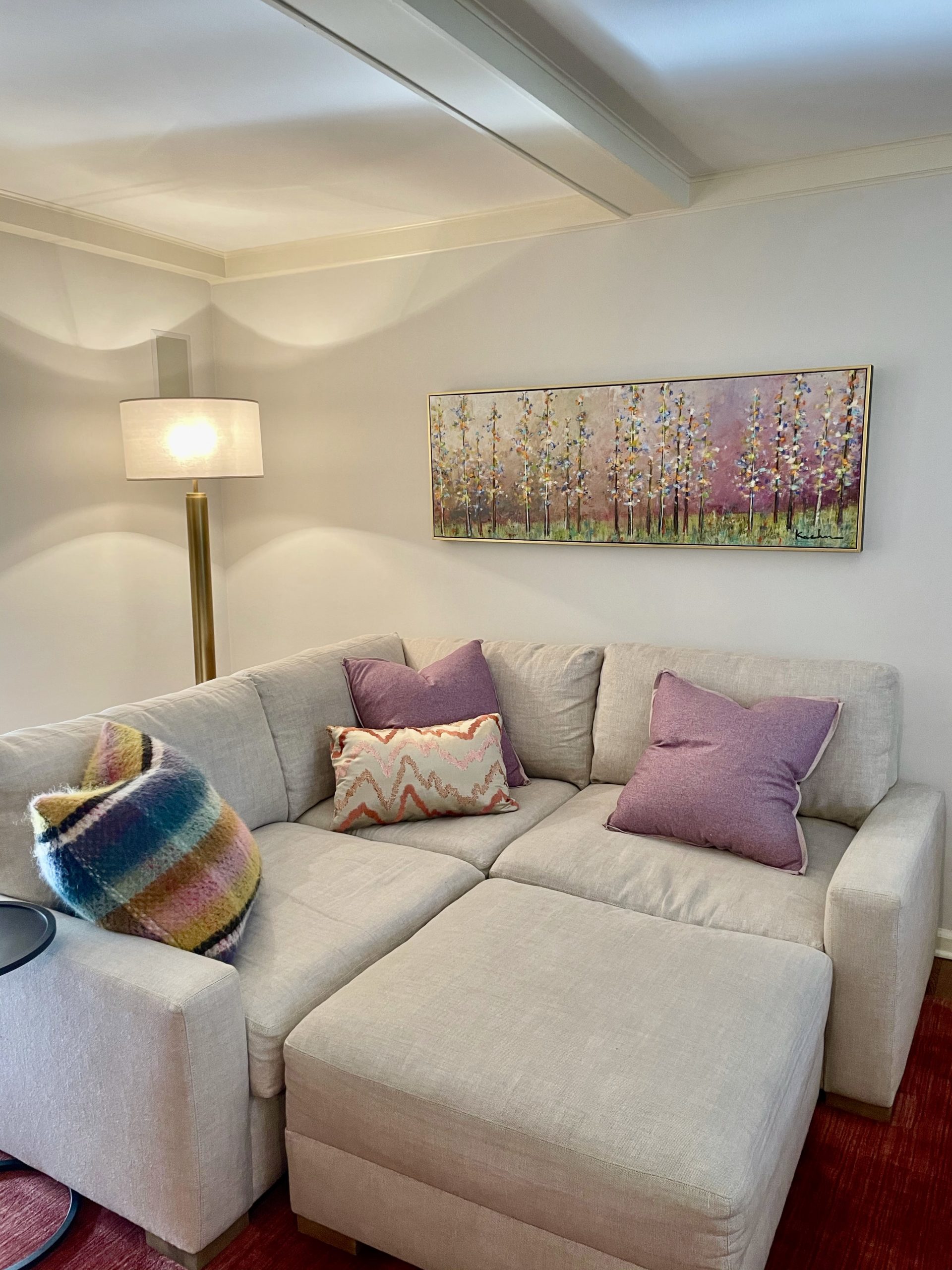

- Artwork archive archive#
- Artwork archive full#
- Artwork archive professional#
- Artwork archive series#
- Artwork archive free#
Consignment reports stipulate terms and conditions of sales, address how art should be cared for, and work to start defining a professional relationship between artists and galleries. This is a formalized agreement between artists and galleries. You’ll be able to select ‘Competition’ from the ‘Show Type’ to create a Competition record. Note: You can distinguish between a Competition and an Exhibition when creating a new Exhibition record. All of these things are trackable within the Competition record. You can make a collection however you see fit for your own tracking system.Ĭompetitions are events where you submit work, some (or all) of the work is accepted and can win awards.
Artwork archive series#
These can be a series of works or categorized by subject, genre, medium, etc. The Certificate of Authenticity is the number one tool in determining an artwork’s provenance, and it also declares that the work was indeed created by you.Ĭollections are used as a broad categorization tool in Artwork Archive. This is a document that should accompany every artwork you create, whether or not it sells. If you have a Call for Entry yourself, you’re also able to submit a call to be featured on the page! You can filter by location, type, eligibility, etc. The go-to place for artist opportunities of all kinds! Our Calls-for-Entry page is packed with upcoming exhibitions, competitions, grants, residencies, and more so you can find amazing opportunities that will excel your career. Please note that work marked as ‘Destroyed, Archived, or Lost’ will be hidden from view. In Artwork Archive, you can mark a Piece as Available, Reserved, Donated, Sold, Not for Sale, Gifted, Work Destroyed, Lost, or Archived for quick reference, as well as filter by these statuses when searching for Pieces in your inventory. The status of an artwork changes frequently, and you need to be able to keep track of it in order to stay organized. (This term is interchangeable with ‘Piece Record’). You can find your Artwork Records under ‘Artwork’> ‘Pieces’ in the left-hand menu. This refers to all recorded information about a specific piece of artwork. The labels are pre-formatted to print on Avery label paper and you’re able to choose sizes between ‘Small, Medium, and Large.’ These are used for a variety of different things including asset tagging, inventory tagging, wall labels, and shipping information.
Artwork archive free#
This plan comes with advanced features including QR codes and a free data import. There is no limit for the number of pieces and locations you can upload and you’re able to add up to 3 additional users. This subscription plan is our highest-level artist plan and is great for mid-career and established artists.

The Professional plan includes features like income/expense tracking, web embed capabilities, payment processing, and more. Pieces and locations are still limited, (500 pieces and 50 locations), however, you do get more space than the Apprentice plan. This subscription plan is for artists running a small business and/or sharing work in galleries/retail spaces. All reports are included in this plan as well as basic online invoicing, contact management, a Public Profile, and more.

With this plan, you are able to upload 50 pieces and 5 location records. This subscription plan is for emerging artists looking to start their business with a solid foundation of tools. This feature is only available for Artist Master, Collector Premier, and all Organization level accounts. Additional users can be useful for executives or stakeholders that want access but don’t need to edit information. The second type of user is ‘View Only’ and has no ability to add or edit data.
Artwork archive full#
The first type is an ‘Admin user’ which has a full view and editing rights. Note that this feature is only available on Artist Professional and Master Plans, Collector Premier, and all Organization accounts.Īdditional users are available if you need multiple users to have access to your account. Additional files can be found in all artwork, contact, and location records. Examples could include photographs from an exhibition, multiple versions of photos of your work (sizes, resolution, etc.), press articles, commission contracts, consignment reports, gallery contracts, etc. This is a way to store existing files that you want to associate with a particular work of art, contact, or location. We've taken all of our features, tools, and most common terms and defined them for you.
Artwork archive archive#
That's why we created the Artwork Archive Glossary. We get it! It can be overwhelming navigating a brand new site-let alone trying to decipher all of the terms used on that site. When you start using a new platform, you're met with a bunch of new terms, features, and tools that might be unfamiliar to you.


 0 kommentar(er)
0 kommentar(er)
